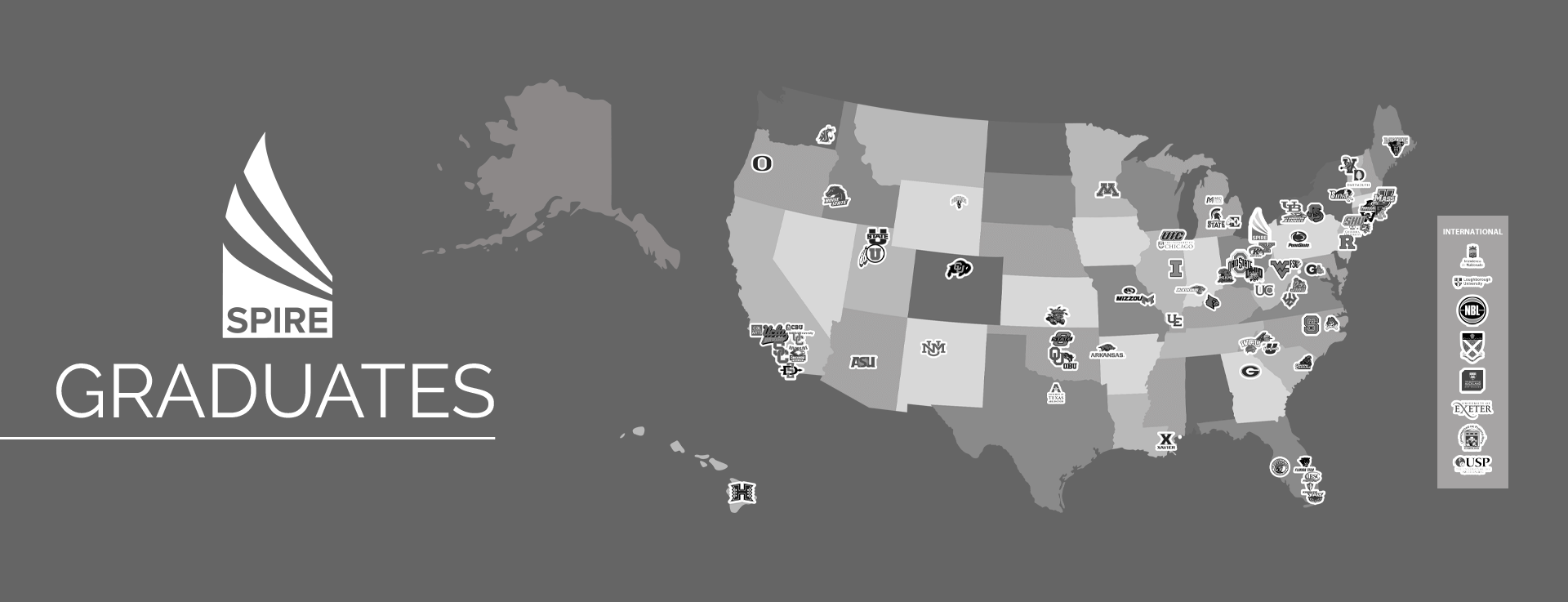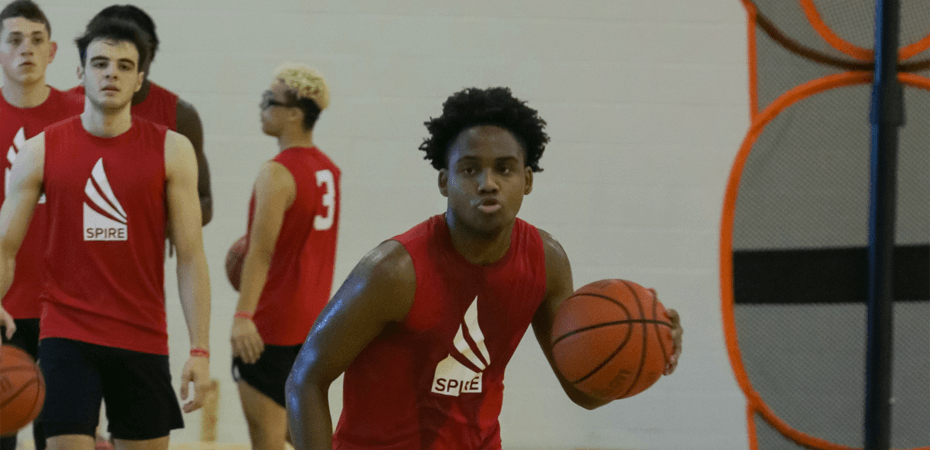Athletic Scholarships 101
Whether you aspire to an NCAA Division I, II or III school, an NAIA school, or any other college or university, we believe starting the college planning and placement process early is critical to your success. However, because there are so many misconceptions about how scholarship offers work, it makes sense to start by exploring some basic information about how the process and awards work.
Who gives out athletic scholarships?
Athletic scholarships are usually one-year agreements between a student athlete and the college, although a few are multi-year. These are offered at the NCAA DI and DII levels. DIII colleges do not offer athletic scholarships, but many DIII student-athletes receive merit-based scholarships as part of their financial aid package. Athletic scholarships are also offered at the NAIA and NJCAA levels.
| Athletic Association | Number of Schools | Number of Athletes | Maximum Number of Scholarships |
| NCAA Division I | 348 | 139,063 | 74,243 |
| NCAA Division II | 292 | 85,385 | 36,343 |
| NCAA Division III | 418 | 144,062 | 0 |
| NAIA | 260 | 56,354 | 25,778 |
| NJCAA | 464 | 53,248 | 41,195 |
| Other | 276 | 39,737 | N/A |
| Total | 2,058 | 517,849 | 177,559 |
How much scholarship money can you get?
Less than 2% percent of high school student athletes are offered athletic scholarships, yet more than $3.1 billion is awarded annually to DI and DII student athletes alone. The amount of the scholarship you are offered will depend on whether you play a “head count” or an “equivalency” sport.
- Head count sport scholarships are always full rides. These are the so-called revenue sports that include men’s D1 basketball and DI-A football, and women’s DI basketball, tennis, volleyball and gymnastic.
- Equivalency sport scholarships are usually partial and include DI men’s baseball, rifle, skiing, cross-country, track and field, soccer, fencing, swimming, golf, tennis, gymnastics, volleyball, ice hockey, water polo, lacrosse and wrestling. For DI women, equivalency sports include bowling, lacrosse, rowing, cross-country, track and field, skiing, fencing, soccer, field hockey, softball, golf, swimming, ice hockey and water polo, and all DII and NAIA sports.
Coaches divide their scholarship funds among the athletes. Most often, they distribute the funds among multiple athletes, but it’s not unheard-of for one extremely high-level recruit to get a full ride.
Do you have to get a scholarship to compete in college sports?
Not getting a scholarship doesn’t mean you can’t play. Student athletes can “walk on” to a team without trying out and without receiving a scholarship. Students who are asked to do this are called “preferred walk ons.” Depending on your perceived value to the team after one walk-on season, you may receive a scholarship for the following or subsequent years.
How do you know if you’re eligible for an athletic scholarship?
In order to receive a scholarship to an NCAA DI or DII program, student athletes must meet a minimum academic standard and be considered an amateur athlete. The better your academics are, the better your chances of receiving an offer. The NAIA has its own eligibility center and requirements.
Can an athletic scholarship be taken away?
Yes. You can lose your scholarship for several reasons, including:
- Depending on the school you attend and the circumstances, your scholarship may be pulled if you get injured.
- Non-Renewal. Coaches can decide not to renew your scholarship for the next year for poor performance, getting into trouble off or on the field, or strategic reasons. If you are not in good standing with the school because of poor academics or other reasons, you may not retain your scholarship.
What other kinds of scholarships can you get?
- Academic scholarships are much more secure than athletic scholarships. You can lose your athletic scholarship due to injury or poor performance, but as long as you maintain your grades, you will keep your academic scholarship even if you are no longer playing. There are minimum academic standards student-athletes must meet to be considered for an academic scholarship.
- Consider scholarship opportunities available outside of the school, including those funded through corporations, nonprofit organizations, private providers and the federal government. Visit scholarships.com to view thousands of options.
- Filling out the Free Application for Federal Student Aid (FAFSA) can help connect you with federal financial aid in the form of loans, grants and work-study funds.
College planning and placement can be a confusing process. The NCAA’s various Divisions have stringent requirements and strict rules—SPIRE’s team is dedicated to helping you make the right decisions for you and your future.
Back To College Resource Center

